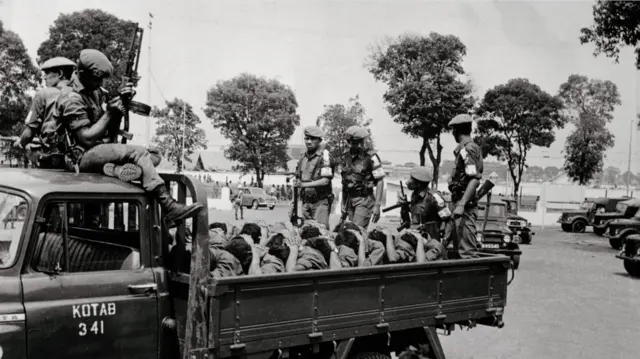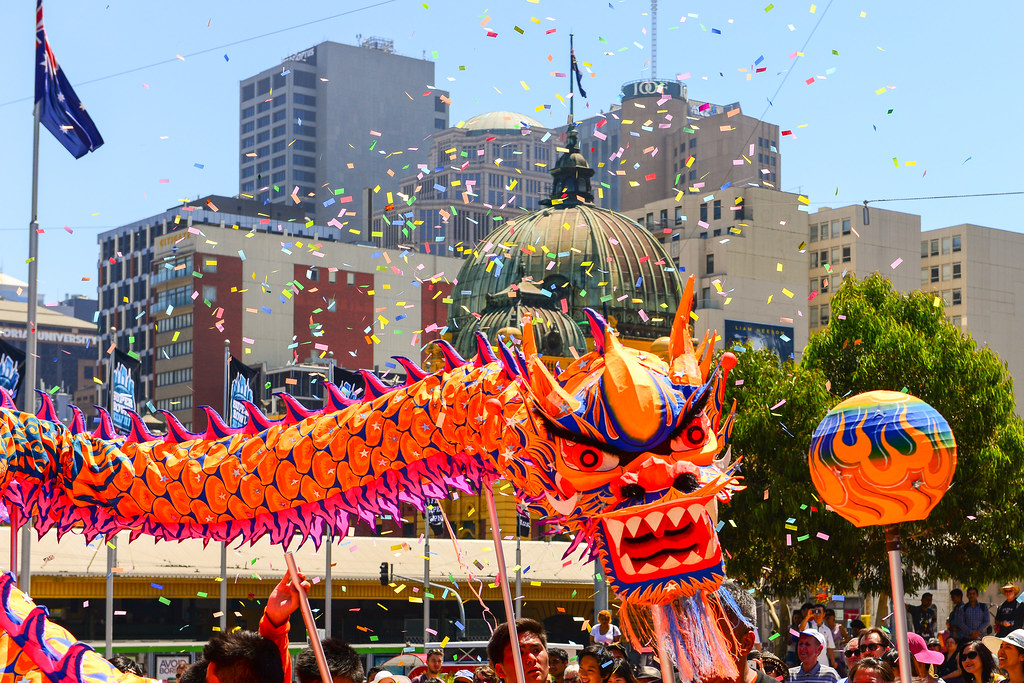zoomacademia.com – The G30S movement, or Gerakan 30 September, marked a significant and tumultuous period in Indonesian history. Taking place in the early hours of October 1, 1965, this event culminated in the assassination of several high-ranking military officials and marked the beginning of a dramatic political shift in Indonesia. Understanding the G30S and its aftermath provides insight into the profound changes that shaped the nation’s trajectory.
Background
In the years leading up to the G30S, Indonesia was in a state of political turmoil. The nation, led by President Sukarno, was grappling with economic instability, social unrest, and the growing influence of the Communist Party of Indonesia (PKI). Sukarno’s “Guided Democracy” was increasingly challenged by the military and various political factions. Tensions escalated as the PKI gained more power, prompting fear among conservative and nationalist groups.
The Assassination
On the night of September 30, 1965, a group of army officers claiming to represent the G30S abducted and executed six prominent generals. The purported goal of this action was to prevent a coup against Sukarno and to secure the PKI’s position. The generals, including General Ahmad Yani and General Sutoyo Siswomiharjo, were taken to Lubang Buaya, a location on the outskirts of Jakarta, where they were killed.
The events of that night were shrouded in chaos and confusion. The G30S claimed that they were acting to protect the president from an alleged coup planned by a faction within the military. However, the assassinations were brutal and led to a swift and violent backlash.
Aftermath and the Rise of Suharto
In the days following the assassinations, the Indonesian military, led by Major General Suharto, mobilized to quash the G30S movement. The government quickly framed the G30S as a communist conspiracy, which allowed Suharto to rally support from anti-communist factions, including the military and Islamic groups.
The subsequent anti-communist purge resulted in the mass killing of suspected communists and their sympathizers. Estimates of the death toll range from 500,000 to over a million people. This violence was largely tolerated, or even encouraged, by the U.S. and other Western nations, who viewed the elimination of communism as a priority during the Cold War.
By March 1966, Sukarno was effectively stripped of power, and Suharto emerged as the de facto leader of Indonesia. He was officially appointed president in 1967, marking the beginning of the New Order regime, which would last for over three decades.
Legacy
The G30S assassinations and their aftermath had a profound and lasting impact on Indonesian society and politics. The event marked the end of Sukarno’s presidency and the beginning of Suharto’s authoritarian rule, which was characterized by political repression, economic development, and a strong anti-communist stance.
The events of 1965 remain controversial and are still the subject of debate among historians and political analysts. Many aspects of the G30S and the subsequent purges are still shrouded in mystery, with various narratives conflicting over the motivations and true nature of the events.
Conclusion
The G30S assassination and its aftermath represent a critical juncture in Indonesian history. It not only altered the political landscape but also left a legacy of violence and repression that continues to influence Indonesia’s collective memory. Understanding this period is essential for grasping the complexities of modern Indonesian politics and society. As Indonesia continues to navigate its identity in a post-Suharto era, the lessons of the G30S serve as a reminder of the fragility of democracy and the dangers of political extremism.







